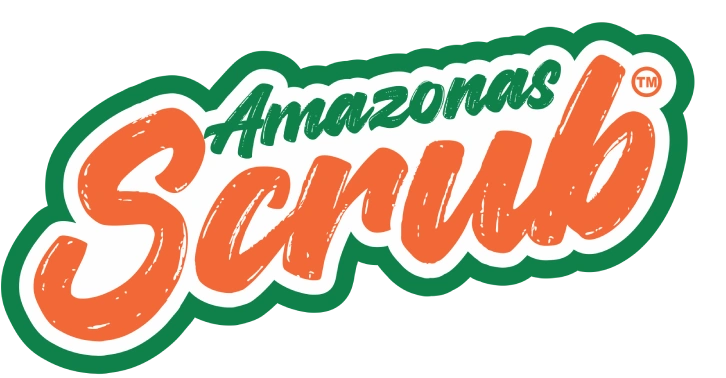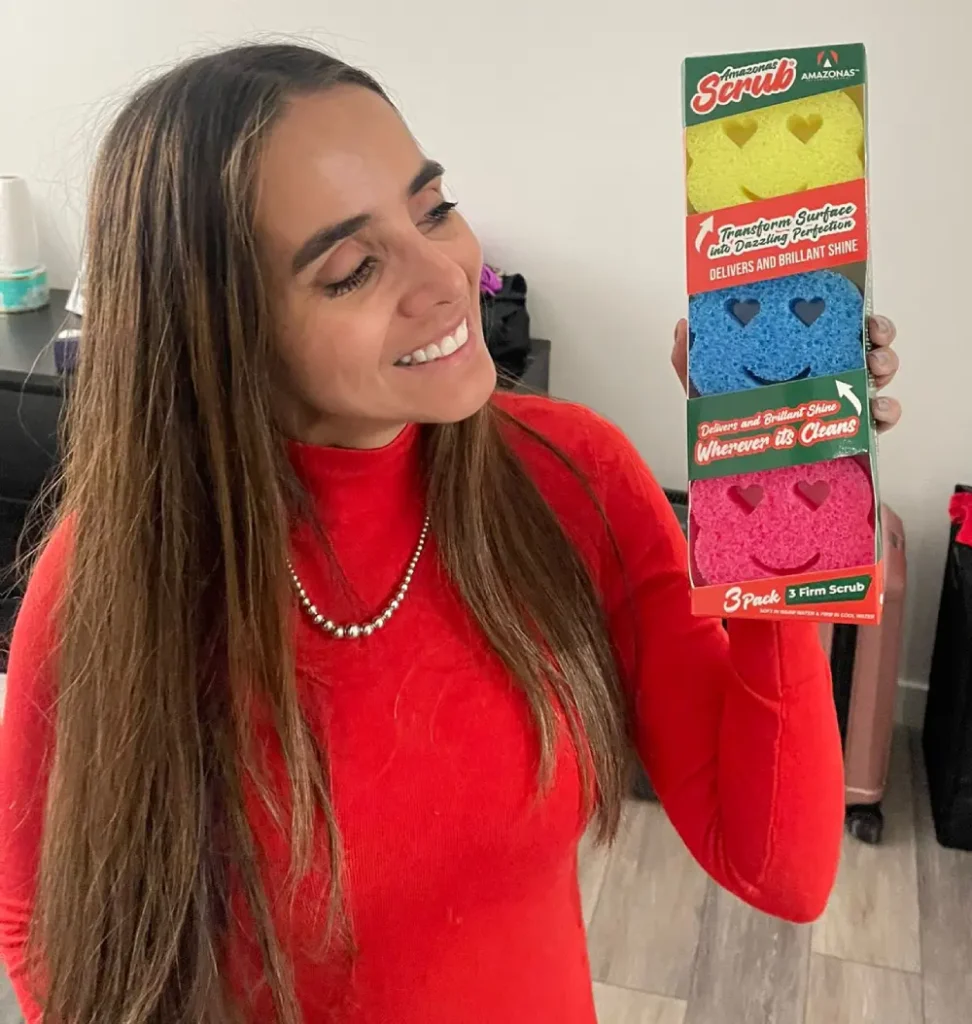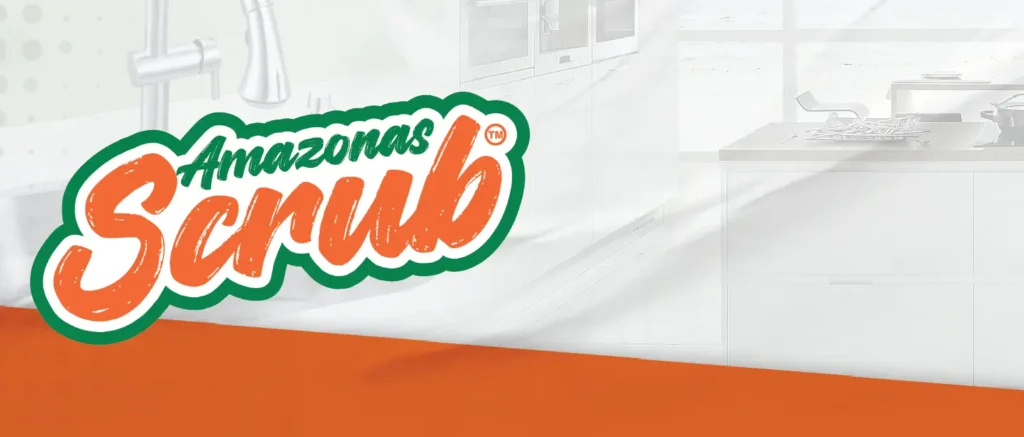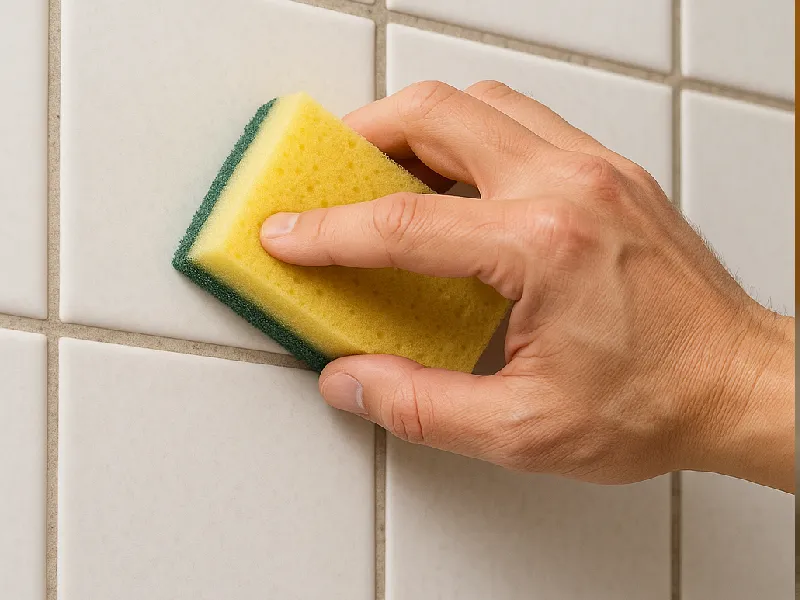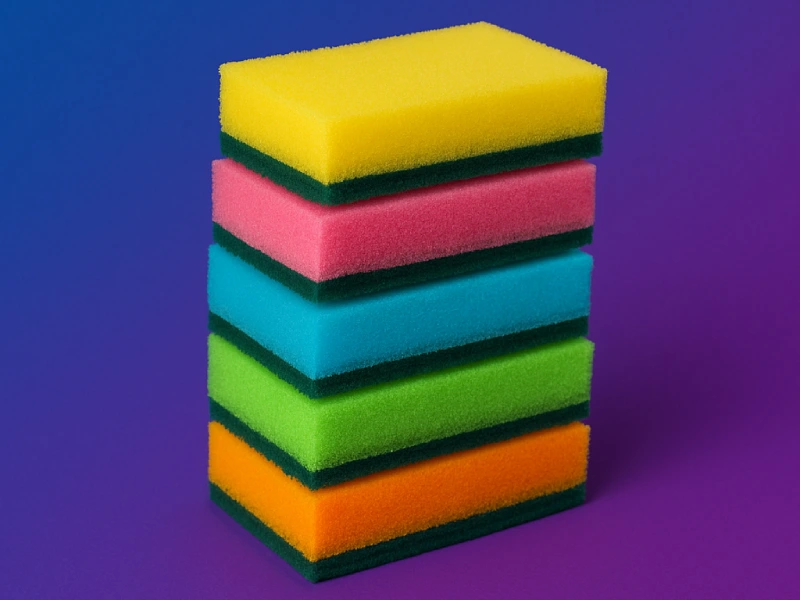Ah, the humble dishwashing sponge, often overlooked but always essential. We all know the routine – scrub, rinse, repeat.
But what if I told you there are ingenious hacks that can turn this mundane task into a breeze?
Yes, you heard it right! In this article, we’ll uncover some brilliant dishwashing sponge hacks that will not only make your cleanup easier but might just change the way you view that sponge in your hand.
Get ready to dive into the world of squeaky-clean magic!
The Double Duty Sponge: Cleaning and Beyond
Bold, versatile, and surprisingly handy – your dishwashing sponge can do more than just tackle grease and grime. It’s a mini cleaning magician that can also wipe down countertops, clean your microwave, and even scrub off stubborn stains on dishes.
Talk about a multitasking hero!
The Soaking Secret: Keeping Sponges Fresh
Ever wondered how to keep your sponge from smelling like, well, a sponge? The secret lies in regular soaking. Submerge your sponge in a mixture of water and vinegar.
This magical potion not only freshens up your sponge but also banishes bacteria, leaving it ready for another round of spotless cleaning.
Sponge Storage Solutions: Say Goodbye to Germs
A damp sponge is a breeding ground for germs. Invest in a sponge holder with proper drainage to keep your sponge dry between uses.
Alternatively, you can place your sponge in the microwave for a quick zap – the heat kills bacteria, ensuring your sponge stays hygienic.
Sponge Sanitizer: A Natural Approach
Looking for a natural way to sanitize your sponge? Lemon and baking soda to the rescue! Sprinkle your sponge with baking soda, then squeeze fresh lemon juice over it.
Let it sit for a few hours, and voila! Your sponge will be not only clean but also infused with a refreshing citrus scent.
The Art of Sponge Selection: Finding Your Perfect Match
Not all sponges are created equal. For delicate dishes, opt for a soft cellulose sponge that won’t scratch surfaces.
Tougher stains? A sturdy nylon mesh sponge will be your best friend. Understanding your sponge needs is key to efficient and safe cleaning.
Sponge and Kitchen Safety: What You Need to Know
Safety first! Avoid cross-contamination by using separate sponges for dishes and countertops. Color-coded sponges can be a game-changer, ensuring you never mix up their designated roles.
Regularly replace worn-out sponges to maintain their cleaning efficiency.
Beyond the Kitchen: Unconventional Uses for Sponges
Believe it or not, your trusty dishwashing sponge has a life beyond the kitchen. Use it to gently clean your car’s interior, wipe down dusty houseplants, or even create textured artwork. Its versatility knows no bounds!
Eco-Friendly Sponge Options: Saving the Planet, One Sponge at a Time
Concerned about the environmental impact of your sponge use? Fear not! There are eco-friendly alternatives made from natural materials like loofah and bamboo.
These sponges not only clean effectively but also biodegrade, reducing your carbon footprint.
Sponges and Bacteria: Debunking the Myths
Rumors about sponges being bacteria havens have circulated for years. While it’s true that sponges can harbor bacteria, proper cleaning and regular replacement significantly reduce this risk.
Stay vigilant, follow our hacks, and bid farewell to those pesky bacteria myths.
The Future of Dishwashing Sponges: What to Expect
What does the future hold for our beloved dishwashing sponges? With advancements in materials and designs, we can expect sponges that are even more efficient, durable, and eco-friendly.
Stay tuned for innovations that will revolutionize your cleaning routine!
Clearing Your Cleaning Querie
Can I use my dishwashing sponge to clean my stainless steel appliances?
Yes, you can! Just ensure the sponge is soft and damp, and gently wipe the surface to avoid scratches.
How often should I replace my dishwashing sponge?
Ideally, replace your sponge every two to four weeks, or sooner if it starts to smell or shows signs of wear and tear.
Are natural sponges better than synthetic ones?
Both natural and synthetic sponges have their advantages. Natural sponges are biodegradable, while synthetic ones are often more durable. Choose based on your priorities.
Can I use a dishwashing sponge to clean non-stick cookware?
It’s best to avoid using abrasive sponges on non-stick surfaces. Opt for a soft sponge or a non-scratch scrubber to preserve the coating.
How do I clean a sponge that has absorbed strong odors?
Soak the sponge in a mixture of water and baking soda overnight. Rinse thoroughly, and the odor should be gone.
In conclusion, your dishwashing sponge is a powerful tool that can simplify your cleaning routine and tackle various tasks around your home. By following these hacks and tips, you can make the most out of this everyday item, ensuring a sparkling clean environment with minimal effort. Happy cleaning!
